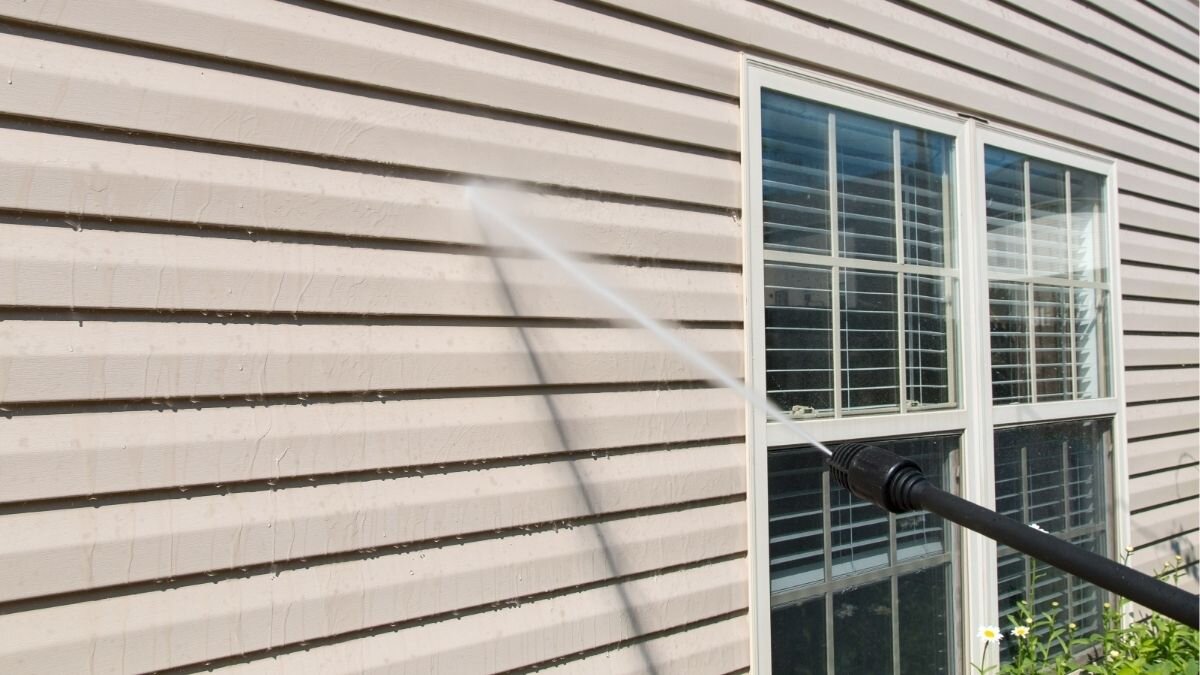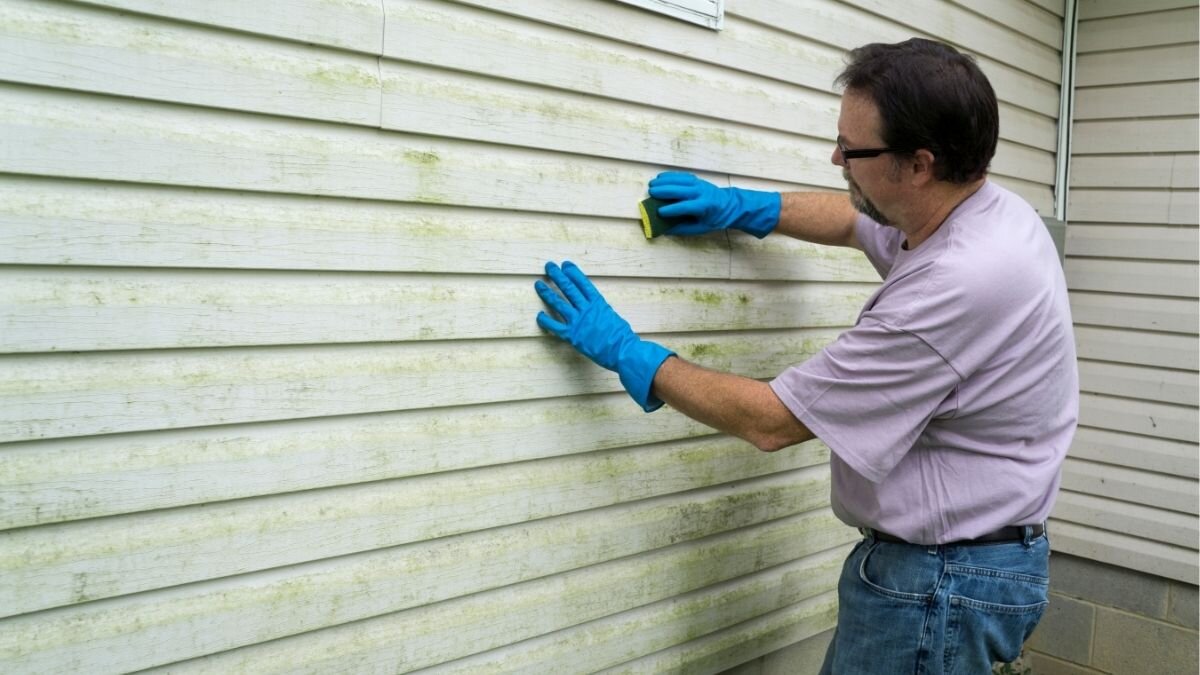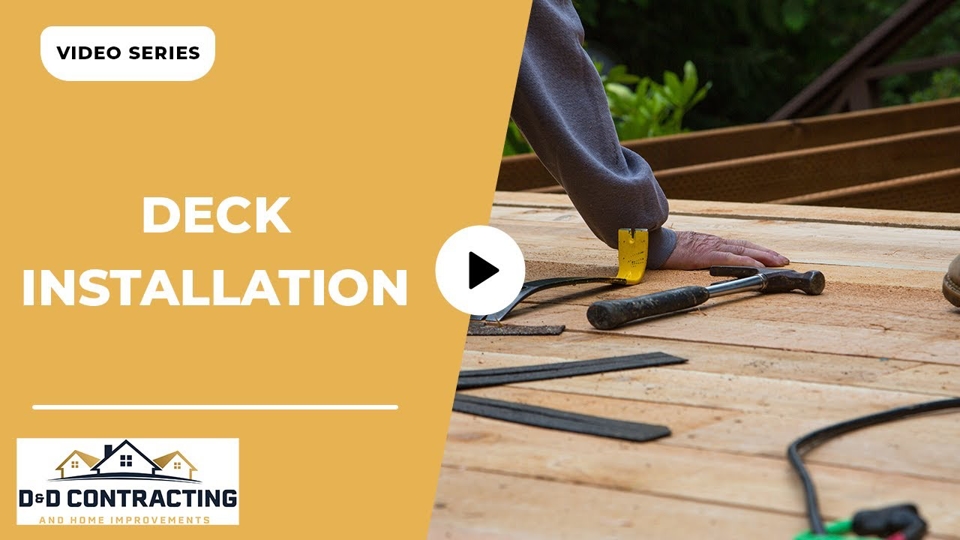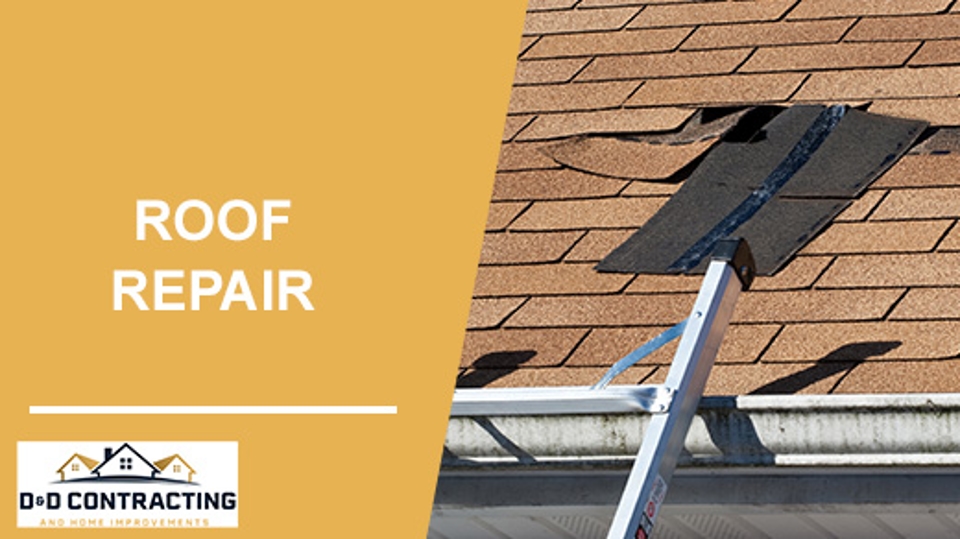Mold and mildew are more than just an eyesore. Left unchecked, they can cause damage to your siding, lead to costly repairs, and even create health concerns for you and your family. While these fungal growths thrive in damp and shady areas, proper maintenance can keep them at bay. Understanding what causes mold and mildew and knowing how to prevent them will help you protect your home’s exterior for years to come.
What Causes Mold and Mildew on Siding?
Mold and mildew growth is one of the most common siding problems, and understanding what causes it is crucial for effective treatment and prevention. Excess moisture from rain, humidity, and improper drainage creates the perfect environment. Shaded areas dry slower, allowing spores to thrive. Poor ventilation and organic debris buildup also contribute to the problem.
How to Prevent Mold and Mildew on Siding
Keeping your siding free of mold and mildew requires regular maintenance and a few key strategies. While the quality of the initial siding installation process is fundamental to long-term performance and minimizing vulnerabilities, consistent cleaning and proactive measures are essential to keep mold and mildew from taking hold after installation.
1. Keep Your Siding Clean
Dirt and debris act as food sources for mold and mildew. Cleaning your siding at least once a year will remove these elements and prevent growth. Use a garden hose, a soft brush, and a mild cleaning solution to scrub away buildup. For stubborn stains, a pressure washer can help, but be careful not to damage the siding.
2. Improve Drainage and Ventilation
Excess moisture is a leading cause of mold and mildew. Keep gutters clean and ensure water is draining properly away from your home. Trim trees and shrubs to allow sunlight to reach your siding, helping it dry faster after rain or high humidity. Indoors, use dehumidifiers and proper ventilation to reduce moisture that can seep through walls.
3. Use Mold-Resistant Materials
Some siding materials are more resistant to mold and mildew than others. If you’re installing new siding or replacing old panels, consider vinyl with mold-resistant coatings, fiber cement, or treated wood. If replacing siding isn’t an option, applying a mold-resistant treatment or sealant can help prevent future growth.
4. Regularly Inspect and Address Issues
Routine inspections can help catch mold and mildew before they become a serious problem. Check for discoloration, stains, or signs of moisture damage. If you notice any issues, clean the affected area and address the underlying moisture problem.
5. Apply a Cleaning Solution When Needed
Even with proper maintenance, small patches of mold and mildew can still appear. A simple cleaning solution can remove these spots before they spread. Try mixing white vinegar with water or using a mild detergent. Apply with a soft brush, scrub gently, and rinse thoroughly. For larger or persistent mold issues, or if you’re unsure about the best approach, consulting an Omaha siding contractor can provide expert guidance or professional cleaning services.
Final Thoughts

Preventing mold and mildew on siding is an ongoing process, but with the right care and maintenance, you can keep your home’s exterior looking fresh and clean. By controlling moisture, keeping surfaces clean, and ensuring proper airflow, you can protect your siding from unsightly and damaging growth. With these simple steps, you’ll not only improve your home’s appearance but also extend the life of your siding for years to come. For professional siding maintenance and mold prevention, contact D&D Contracting today.






